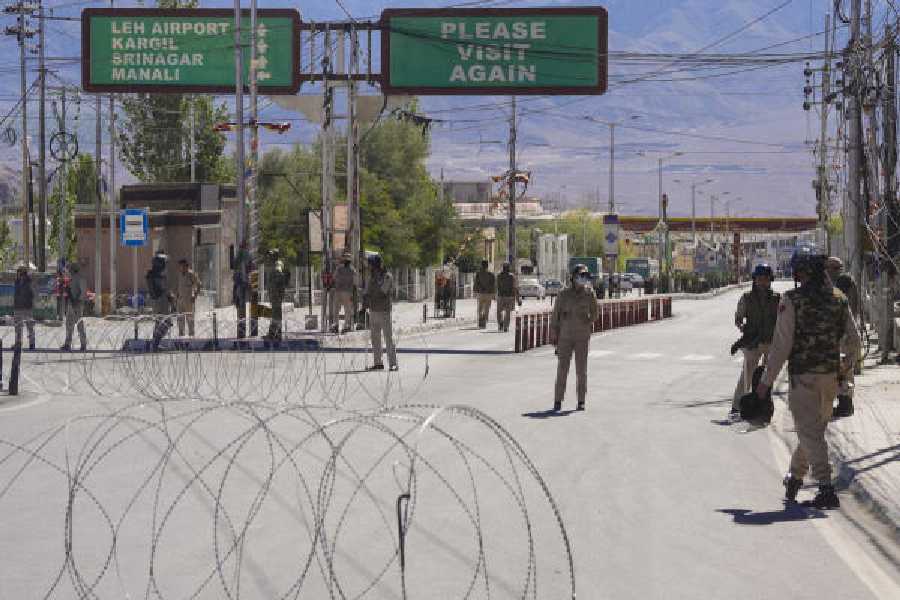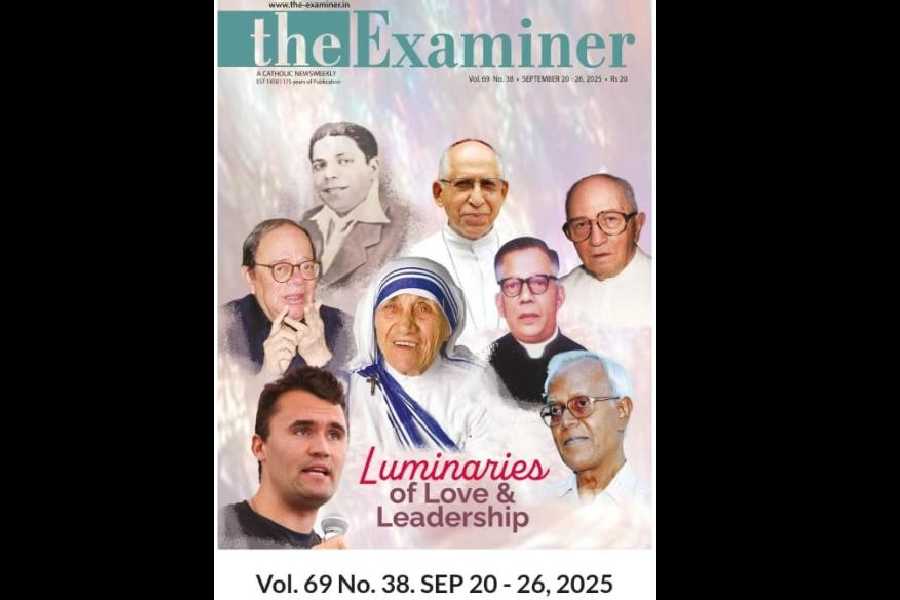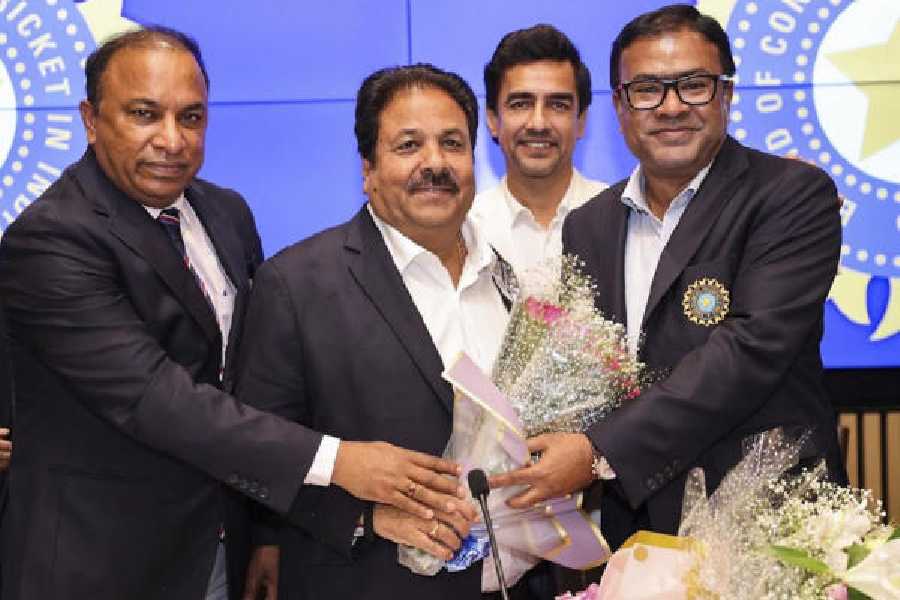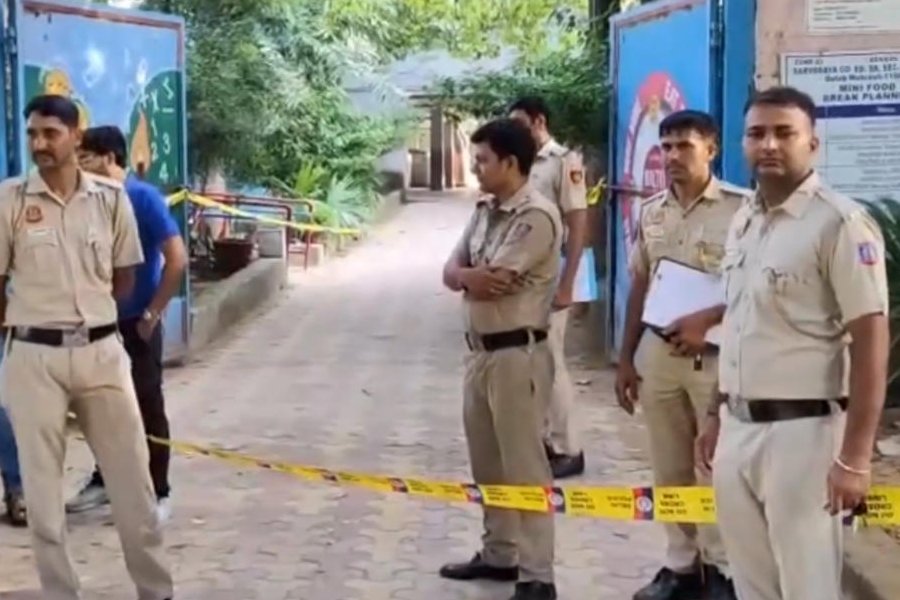 |
 |
 |
| Power woman: Sonia Gandhi is back in action, Manmohan Singh, and Mulayam Singh |
Sonia Gandhi, resplendent in a cool Maheshwari cotton sari, was clearly in charge. She made polite conversation with almost everyone who had gathered at a dinner to mark the United Progressive Alliance (UPA) government’s eighth year in power last month.
Her son, Rahul Gandhi, was a study in contrast. “I have come to eat. I have to leave shortly,” he told the media. And though he sat next to his mother at the high table that included leaders such as Mulayam Singh Yadav and Lalu Prasad, he kept mostly to himself, acknowledging Mulayam with a namaste.
Congress insiders have their own interpretation of the role play. Those days are gone when it looked as though Sonia had retreated into the background and handed over the baton of party leadership to Rahul. Her “illness”, they say, is a “thing of the past” and she is back to doing what she is best at — the practice of statecraft.
Clearly, it’s not a day too late. The UPA, with one crisis after another, has been pushed into a corner. Last year, the government was shrouded in the 2G and Commonwealth Games scams. This year’s milestones include back-to- back poll reverses, more corruption charges and the slow pace of economic reforms.
To be sure, government policy paralysis is not exactly new. In November 1996, P. Chidambaram, then finance minister in the United Democratic Front government, had met then Prime Minister H.D. Deve Gowda at 7 Race Course Road. The minister had been fretting that the government had not moved on the policy front. Then industry minister Murasoli Maran had been waiting to see Deve Gowda for the same reason. The three sat down and discussed what needed to be done. The outcome was a flurry of policy announcements.
Stung by criticism, the UPA too seems to be readying for several announcements — permitting foreign direct investment in the civil aviation and in the retail industries, for example.
The hike in petrol prices signals that the government means business. At the dinner, Prime Minister Manmohan Singh outlined his priorities — which include starting grounded projects, implementing health and education-related policies, boosting the climate for domestic and foreign investment, and resolving issues pertaining to land acquisition and the environment. The government also seeks to strengthen food security by creating more storage capacity and set up a Lokpal.
Politically, too, the party is moving ahead, Congress leaders stress. The first ostensible step was getting Mulayam on board. Few had a clue that this was coming. Sources say none of Gandhi’s aides was taken into confidence in the Mulayam outreach. She tapped a top bureaucrat, close to her, who is from the UP cadre, and Lalu Prasad who is now on the best of terms with his fellow Yadav from UP. The buzz is that in exchange for Mulayam’s support, the Central government will loosen the purse strings for the government in UP, led by Mulayam’s son, Akhilesh.
The Mulayam card is indeed a crucial trump. With his open support, any difficulties that the UPA could face on the Presidential election may also be ironed out. “And Sonia has ensured that the UPA government won’t be rocked for the next two years. Besides, Mulayam is more flexible on economic reforms. So the government hopes to pass the reforms bills that allies such as the Trinamul had blocked,” a Congress minister says.
The wide cross-section of Congress leaders The Telegraph spoke to stresses that after the monsoon clouds hanging over the presidential poll are dispelled, Gandhi will wield the broom on her party and the government.
Accountability is to be fixed. The Union Cabinet and the AICC secretariat could be rejigged. The buzz in the party headquarters is that three chief ministers — Kiran Reddy (Andhra Pradesh), Ashok Gehlot (Rajasthan) and Prithviraj Chavan (Maharashtra) may be drafted in the Union Cabinet. Gandhi also plans to second-line ministers — including Jairam Ramesh, Salman Khurshid, Ambika Soni and Ghulam Nabi Azad — for party work.
“A minister’s understanding of how the system works is valuable when it comes to monitoring the functioning of government schemes in Congress and Opposition-ruled states. He is better placed to spot the flaws in the delivery mechanisms,” says a party functionary.
The party plans to have more frequent structured interactions in the form of Congress Working Committee (CWC) and Congress Parliamentary Party meetings. Gandhi is keen that the less heard voices be given an opportunity to articulate their views so that she can get a “genuine feedback” from a wider section of people. Ministers have also been urged to give frank assessments of the government’s performance — as the Prime Minister articulated at the CWC meet on June 4.
But the litmus test for the party will be the state elections. Many of the poll-going states — Gujarat, Himachal Pradesh, Madhya Pradesh, Karnataka and Chhattisgarh — are ruled by the Bharatiya Janata Party (BJP). “The outcome will be a bellwether for the Lok Sabha polls,” an office bearer says.
Strategists point out that mere “anti-incumbency” will not see it through in Karnataka, Madhya Pradesh or Himachal. Bangalore MLA and Rahul confidant Krishna Byregowda says the Congress will not get into the “matrix of targeting castes and identity groups” and “pandering” to their interests in Karnataka, where factionalism, instability and corruption are rife. “Inclusiveness, the promise of a clean polity and restoring Karnataka’s premium position on the high growth map will be our mantra,” Byregowda says.
In Madhya Pradesh, the Digvijay Singh-Jyotiraditya Scindia-Kamal Nath triumvirate has been told to iron out their differences and work with state leaders. Though expecting the trio to bury the hatchet is a tall order, 10 Janpath has urged them to work together to unite Congress workers against the BJP regime. A chetna yatra is already under way in which the top leaders are participating.
Gujarat — where the Congress lacks a face to match Narendra Modi’s larger-than-life persona — will be tougher. The party hopes to play on the dissidents’ campaign led by Modi detractors Keshubhai Patel and Kashiram Rana without exposing its hand. “If we are seen to directly do business with Patel and Rana, the support for Modi will consolidate again. In the last election, we accommodated many of Modi’s discards. But they brought no dividends. If they damage him on their own, so much the better for us because we can then rally the anti-Modi votes in our favour,” a Congress insider says.
Gandhi has been holding meetings with state leaders not just to urge them to get their act together but to also dispel apprehensions about her health. Politically, the tête-à-têtes sought to convey the message that she intended leading the party from the front in 2014. “Soniaji is our star campaigner and our greatest asset,” gushes general secretary B.K. Hari Prasad.
Some believe that after the Congress party’s poor show in the UP elections earlier this year, Rahul Gandhi will maintain a low profile. That of course, doesn’t mean he will stay out of the coming elections. He is expected to work in Karnataka, where the Congress thinks it is on a comeback trail. Rahul will hold a Youth Congress convention in the state shortly.
“Soniaji’s assessment is that Rahul has done more than a reasonable job. She thinks each day in politics is a learning experience for him and will fetch rich dividends,” says the party insider. In informal conversations, Rahul has expressed a desire to move with the tide rather than seek a special role.
Sonia’s game plan also revolves around issues impinging on the role and future of Manmohan Singh and finance minister Pranab Mukherjee. The party plans to showcase Singh’s two-term tenure to counter charges of dynastic rule. Mukherjee’s role is a bit more nebulous. Sources claim Gandhi is not rigid about either denying or encouraging Mukherjee towards Rashtrapati Bhawan. The situation may compel her to opt for an “apolitical” entity such as former West Bengal governor Gopalkrishna Gandhi. In that case Mukherjee will continue as the party’s chief troubleshooter.
Slogans and other forms of the propaganda warfare will be chalked out closer to the general election. In 2009, the Congress’s catchphrase was “The common man’s steps are moving forward rapidly, every step forward makes India stronger”. Party general secretary Digvijay Singh, who co-ordinated the campaign, says it connoted the buoyant state of the country’s economy and the impact of social spending.
Four years later, Gandhi’s confidants believe sops — from cash transfers of subsidies on fertiliser, food and oil to free mobile connections — will help the party win back votes. The right to food bill is expected to create goodwill for the party closer to 2014.
In 1997, when Sonia Gandhi debuted in politics, the Congress claimed it had found its Sachin Tendulkar. Will the master blaster be as effective 16 years later? Will the party play another innings, or go back to the pavilion?










